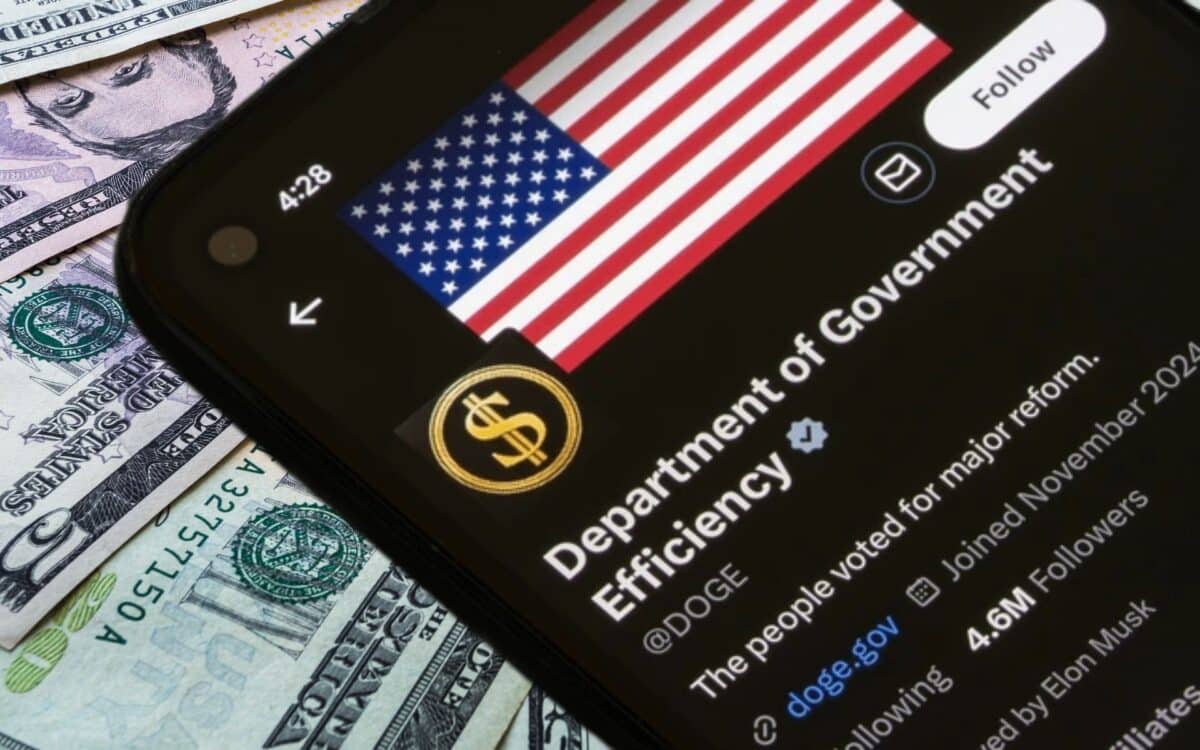A proposal dubbed the DOGE Dividend Check has sparked widespread speculation across the United States, drawing national attention from taxpayers, political commentators, and economic analysts alike.
Backed vocally by President Donald Trump, Elon Musk, and investment executive James Fishback, the initiative hints at the possibility of a one-time $5,000 refund per household.
According to reporting by herald mail media, the check would be funded by federal savings claimed through the work of the Department of Government Efficiency (DOGE), an agency created to cut waste and modernize spending.
Despite the headlines, the plan reveals little about how or when it might actually be implemented.
The Origin of the DOGE Dividend Idea
The DOGE dividend originated from a four-page proposal by James Fishback, CEO of Azoria Investment Firm, posted on X, Musk’s social platform. The concept was pitched as a refund — “sent only to tax-paying householders” — unlike pandemic-era checks which Fishback criticized as being distributed “indiscriminately.” He argued that many low-income households “essentially saw transfer payments of 25% to 30% of their annual income” and that the DOGE dividend “exclusively goes to households that are net-payers of federal income tax.”
Fishback emphasized, “DOGE is going to save X amount of money over the next couple of years. Let’s take 20 percent of that and send it right back to the hard-working taxpayers who sent it to D.C. in the first place.” Musk replied to the original post: “Will check with the President.”
What DOGE Claims to Have Saved
The Department of Government Efficiency, created under Trump and directed by Musk, was tasked with slashing waste, improving tech infrastructure, and boosting federal productivity. Its long-term goal is to reduce the deficit by $1 trillion through smarter governance.
DOGE claims to have already saved $170 billion, although only $70 billion is itemized. This raises questions about the transparency and accuracy of reported savings. On March 27, DOGE estimated a cumulative saving of $130 billion, or about $800 per taxpayer.
Based on current figures, $1,055 per individual taxpayer has been floated as a possible dividend amount, although the proposal references an upper threshold of $5,000 per household.
Who Would Qualify for the DOGE Check
Eligibility criteria deviate sharply from those of past stimulus programs. The DOGE dividend would target only net taxpayers — households paying more in federal income taxes than they receive in benefits.
According to the Pew Research Center, most Americans with an adjusted gross income below $40,000 pay little or no federal income tax and thus would not qualify.
The check would be issued per household, not per individual, and could include Social Security beneficiaries — if they meet the income tax thresholds.
Fishback argued that the measure would not stimulate immediate consumer spending like COVID-19 stimulus checks. Instead, it would favor savers:
They have a lower propensity to spend and a higher propensity to save a transfer payment like the DOGE dividend.
Political and Public Status of the Proposal
On February 19, during a summit in Miami, President Trump said he would consider sending out $5,000 checks as a DOGE dividend, using 20% of the initiative’s verified savings. No official policy announcement followed.
On March 30, at a rally in Wisconsin, Musk stated that the decision rests with the president and Congress:
Whether a check is cut or not… as government spending is made more efficient and spending is reduced, the tax by inflation is reduced – He added,
So one way or another, you will effectively be better off if resources in the United States are not wasted – Musk closed by saying,
We’ve made a lot of progress but there’s still a tremendous amount of work to do.
On April 8, Fishback told Chris Cuomo:
Yes, I really do believe it will happen and I’ve got unique information because I’ve been on the Hill for the last two weeks, meeting with members in the House and Senate – He claims to have the backing of Trump, Musk, and economist Kevin Hassett, former Director of the National Economic Council.
Defining the DOGE Agency
DOGE — the Department of Government Efficiency — is a temporary federal organization launched by Trump and staffed in part by Musk. Its mission:
Modernize federal technology and software to maximize governmental efficiency and productivity,
streamline bureaucracy, and eliminate redundant spending. While ambitious, many of its reported savings remain only partially documented.
Key Terminology and Public Confusion
The use of the term “dividend” in the context of a government initiative has created confusion. By definition:
- A dividend is a distribution of profits by a corporation to its shareholders.
- A refund is a repayment to someone who overpaid.
- A stimulus check is a government-issued payment designed to encourage consumer spending.
Fishback and Musk have insisted the DOGE dividend should not be seen as stimulus, but rather as a refund — albeit from indirect savings, not overpayments.









